Learning a new language can be an exciting but challenging endeavor. While some languages share similarities that make them easier to grasp, others present unique hurdles that test even the most dedicated learners.
These challenges can stem from complex grammar rules, unfamiliar writing systems, or intricate pronunciation patterns. Understanding the languages considered the hardest to learn can provide valuable insights into the complexities of global communication and the linguistic diversity that enriches our world.
10 Most Difficult Languages In The World
For some, the difficulty lies in mastering tonal variations, while for others, it’s the sheer number of characters to memorize. Certain languages have grammatical structures so different from one’s native tongue that they seem almost impossible to decipher at first glance. Moreover, cultural nuances and idiomatic expressions add another layer of complexity, making the learning process both demanding and rewarding.

In this list, we’ll explore the top 10 hardest languages to learn, delving into what makes each of them uniquely difficult and fascinating. From languages with non-Latin scripts to those with intricate grammar rules, these languages will challenge your linguistic abilities and expand your understanding of the world.
Top 10 Most Hardest Languages To Learn
Here are the top 10 hardest languages to learn, considering factors like grammar complexity, writing systems, pronunciation, and cultural differences:
- Mandarin Chinese
Difficulty: The writing system is composed of thousands of characters (logograms), each representing a word or a meaningful part of a word, unlike alphabetic systems. Mandarin also features four distinct tones (plus a neutral tone), which can change the meaning of a word entirely.
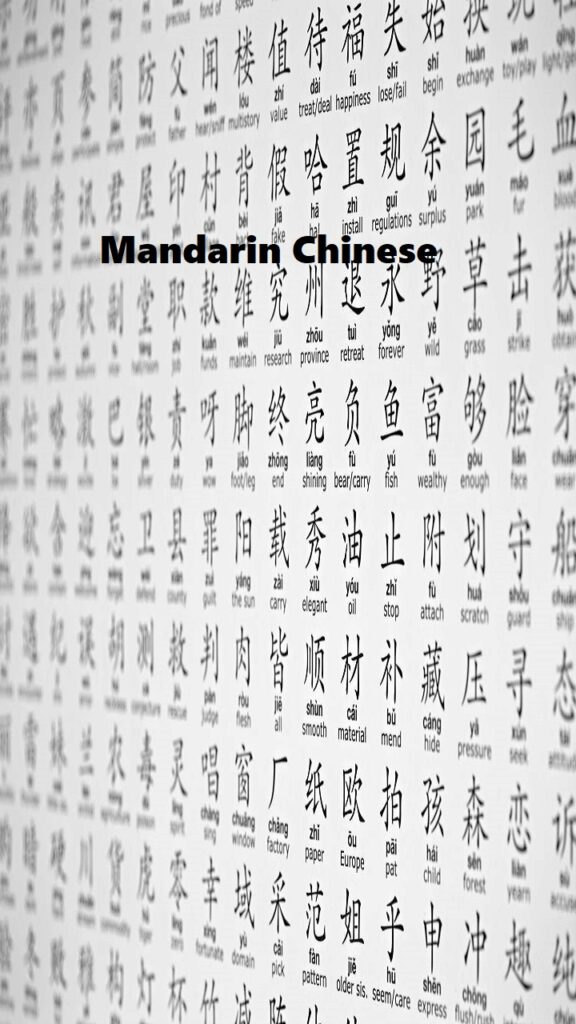
Unique Features: The language is context-sensitive, meaning that the meaning of a word can change depending on the context in which it is used. Mandarin has a relatively simple grammar system without conjugations, tenses, or plurals, but the complexity of characters and tonal pronunciation makes it challenging.
Most Challenging Languages
- Arabic
Difficulty: Arabic’s script is written from right to left and includes 28 letters, many of which change form depending on their position in a word. The language has a complex grammar system, including dual forms, gendered nouns, and verb conjugations.
Unique Features: Arabic has sounds that are rare in other languages, such as the emphatic consonants and the guttural sounds. Additionally, the vocabulary can be extensive, with many words derived from three-letter root systems that alter meaning based on patterns.
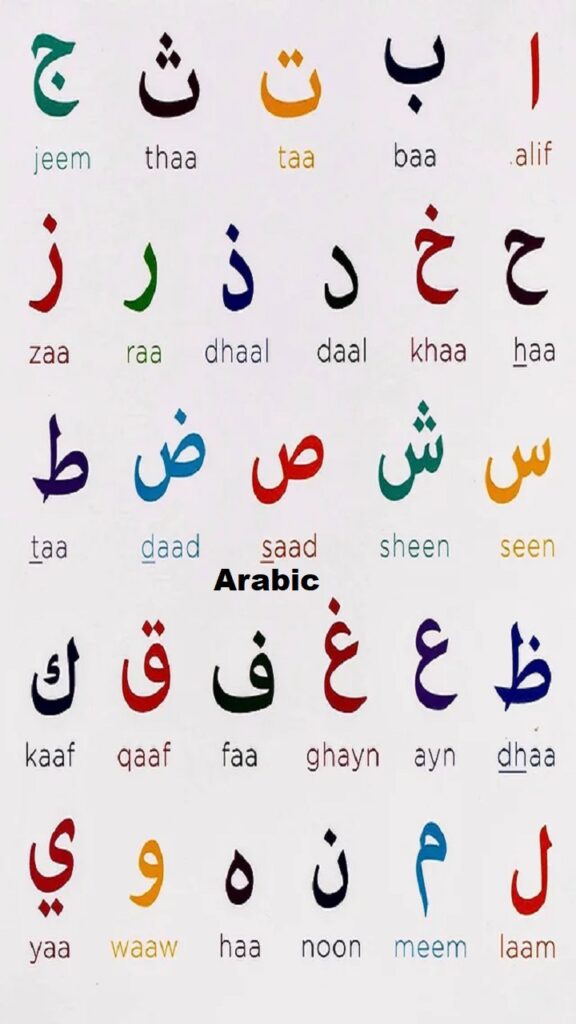
Top 10 Hardest Languages In The World
- Japanese
Difficulty: Japanese uses three different writing systems: Hiragana, Katakana, and Kanji. Hiragana and Katakana each have 46 characters, while Kanji consists of thousands of characters borrowed from Chinese.
Unique Features: The language has a complex system of politeness and formality levels, which requires speakers to choose vocabulary and verb forms based on social context. Japanese also has numerous homophones, which can make listening comprehension challenging.
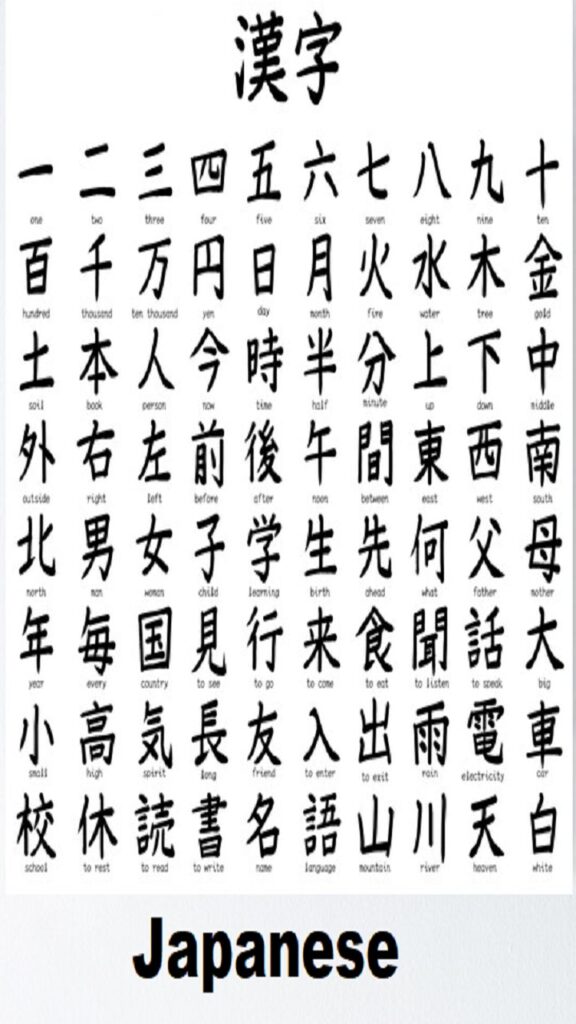
- Korean
Difficulty: While the Hangul alphabet is relatively simple to learn, Korean grammar is highly complex, featuring honorifics, various verb conjugations, and particles that determine the grammatical role of words.
Unique Features: Korean has a subject-object-verb sentence structure, which is different from the subject-verb-object structure used in English. The language also utilizes a system of politeness levels, requiring speakers to adjust their speech based on the social status of the listener.
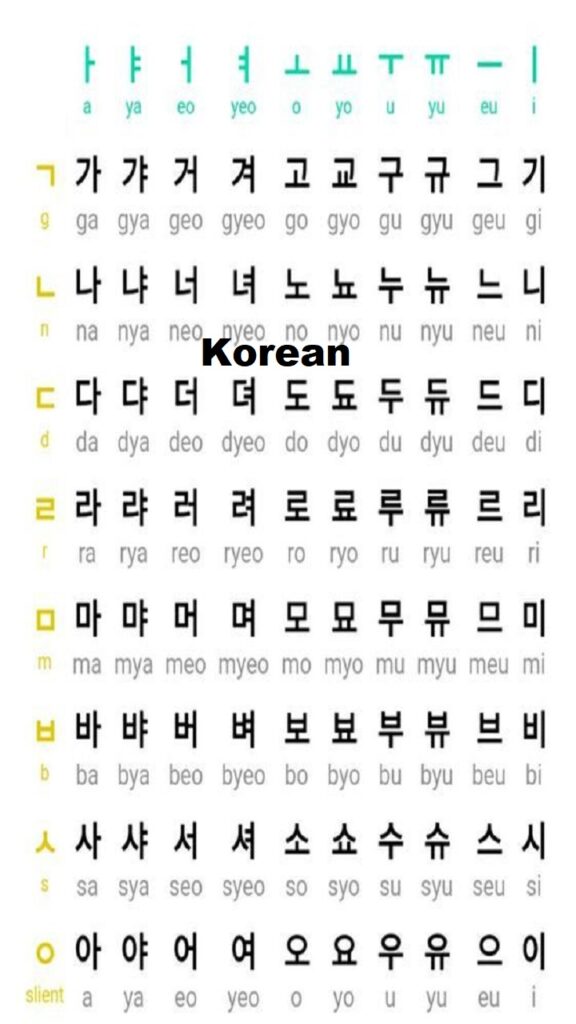
What Is The Hardest Language To Learn?
- Hungarian
Difficulty: Hungarian has 18 grammatical cases, which significantly alter the form of nouns based on their role in a sentence. The language also uses vowel harmony, requiring vowels within a word to harmonize.
Unique Features: As an agglutinative language, Hungarian forms words and expresses grammatical relationships through the addition of prefixes and suffixes. The vocabulary and structure are significantly different from those of Indo-European languages, making it hard for speakers of those languages to learn.
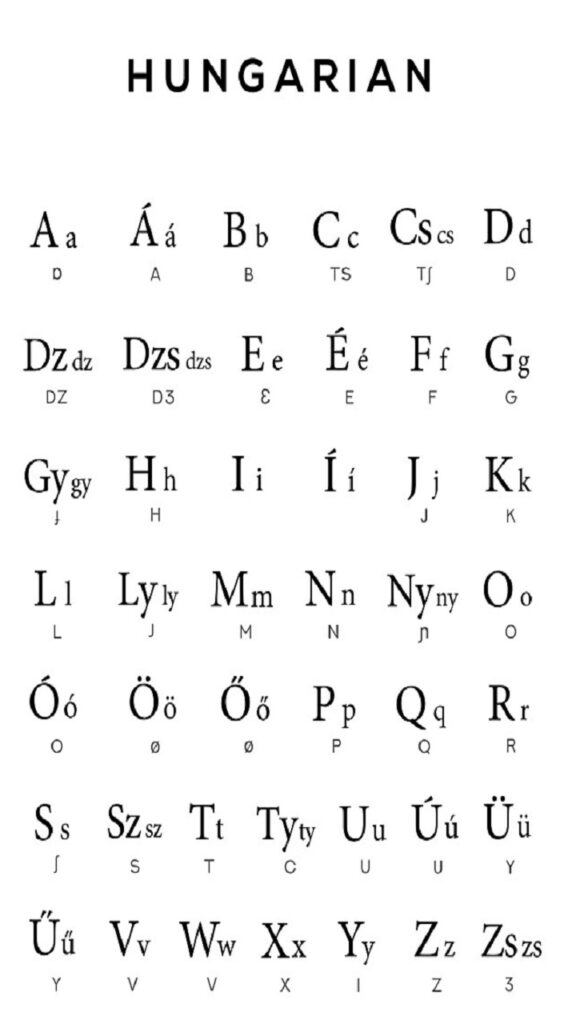
- Finnish
Difficulty: Finnish grammar includes 15 noun cases, each with a distinct role, as well as a complex system of consonant gradation, where consonants within words change based on grammatical context.
Unique Features: Finnish is an agglutinative language, meaning words are formed by adding various affixes to a base word. The language also has a rich inflectional system and uses vowel harmony extensively.
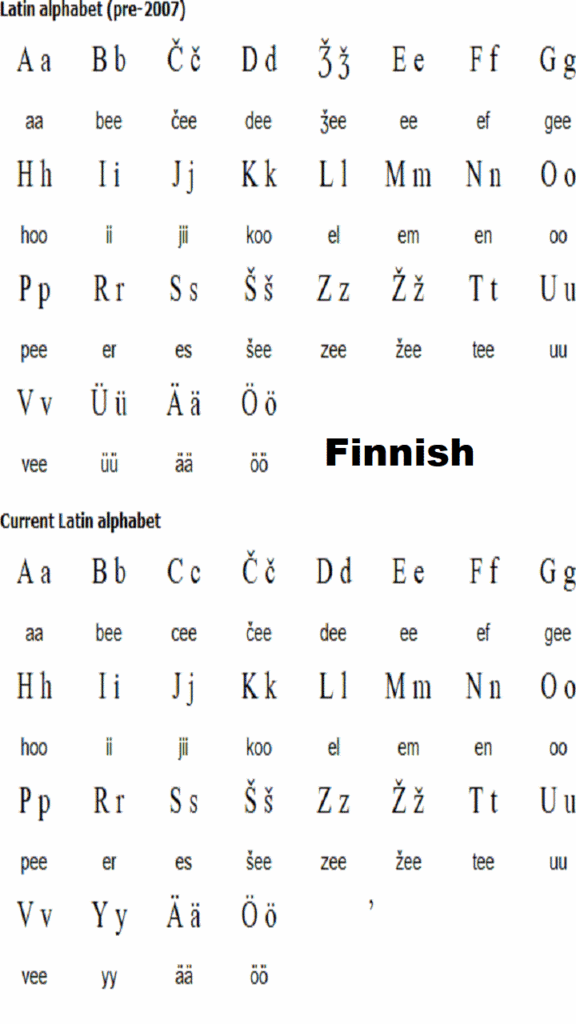
List Of Top 10 Hardest Languages In The World
- Icelandic
Difficulty: Icelandic retains many archaic features from Old Norse, with a complex inflectional system for nouns, adjectives, and verbs. The language has a relatively small number of speakers, limiting exposure and learning resources.
Unique Features: Icelandic vocabulary includes many old words that have fallen out of use in other Germanic languages. The language also has strict rules for word formation and compounding.
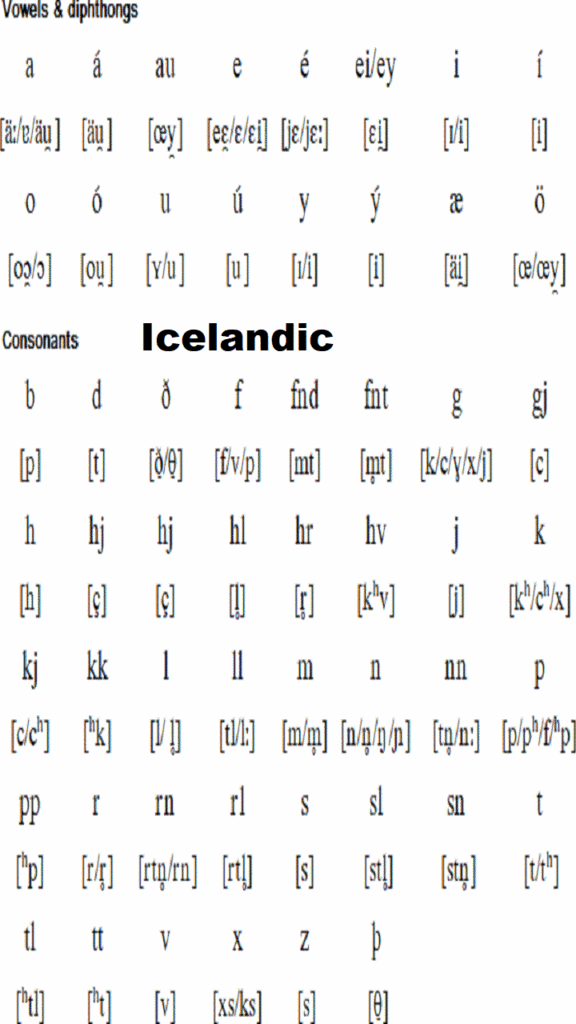
- Polish
Difficulty: Polish has seven cases for nouns, which affect the endings of words based on their grammatical role. It also features a complex system of genders and declensions.
Unique Features: Pronunciation can be difficult due to numerous consonant clusters and sounds not found in English. Polish also allows for free word order in sentences, which can be challenging for learners to master.
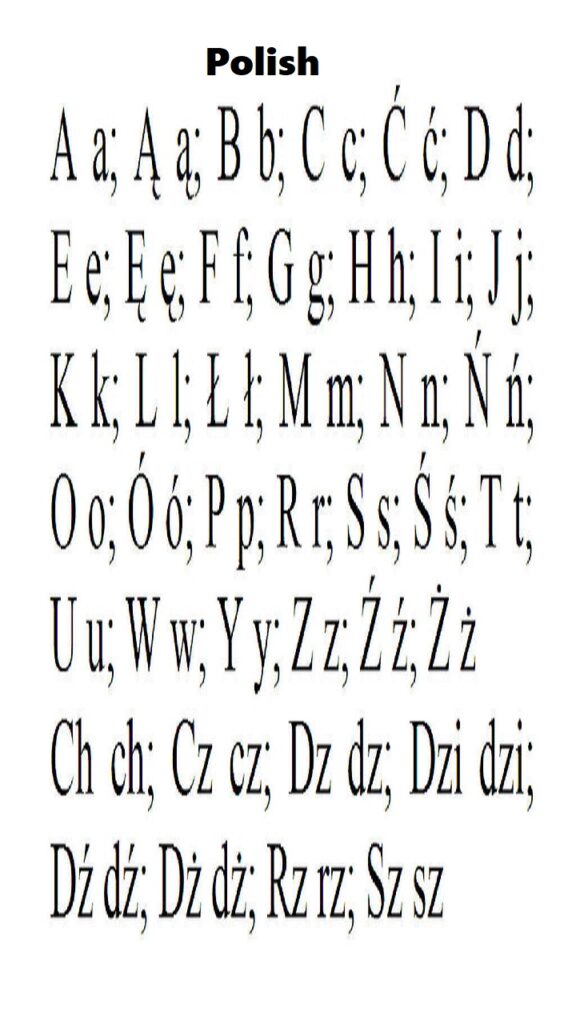
- Russian
Difficulty: Russian uses the Cyrillic alphabet, which includes some letters unfamiliar to speakers of Latin-script languages. The language has six grammatical cases, affecting nouns, pronouns, and adjectives.
Unique Features: Russian verbs are conjugated for aspect, indicating whether an action is completed or ongoing. The language also allows for a relatively free word order, adding to the complexity of sentence structure.
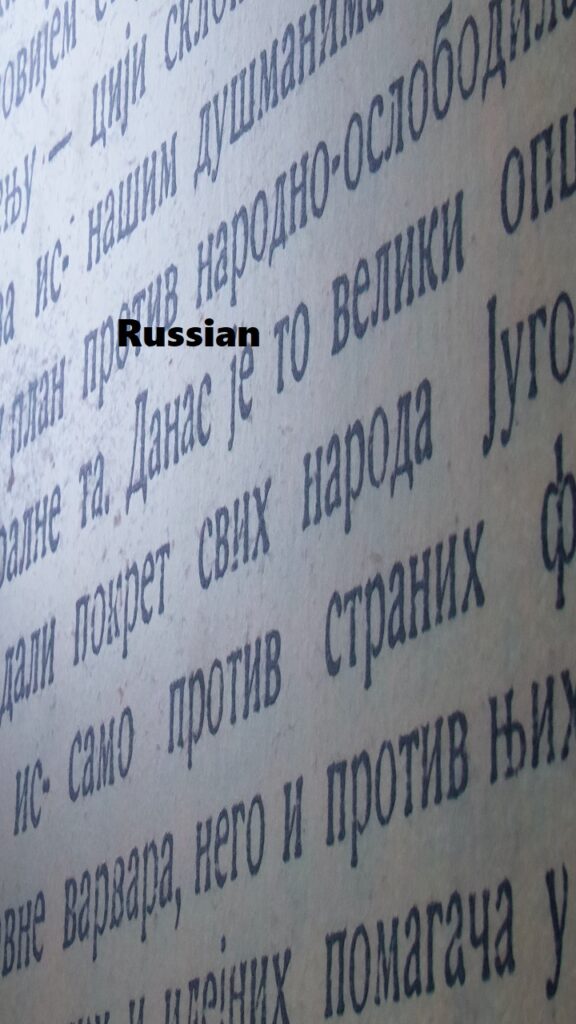
- Thai
Difficulty: Thai is a tonal language with five distinct tones, each of which can change the meaning of a word. The writing system is unique, with a script that includes 44 consonants and 32 vowels.
Unique Features: Thai has many polite particles and a distinct register for different social contexts, requiring speakers to adjust their language based on social hierarchy. The vowel system is also complex, with many diphthongs and triphthongs.
Learning these languages presents significant challenges, but it also offers unique rewards, such as deeper cultural understanding and access to rich literary and historical traditions.
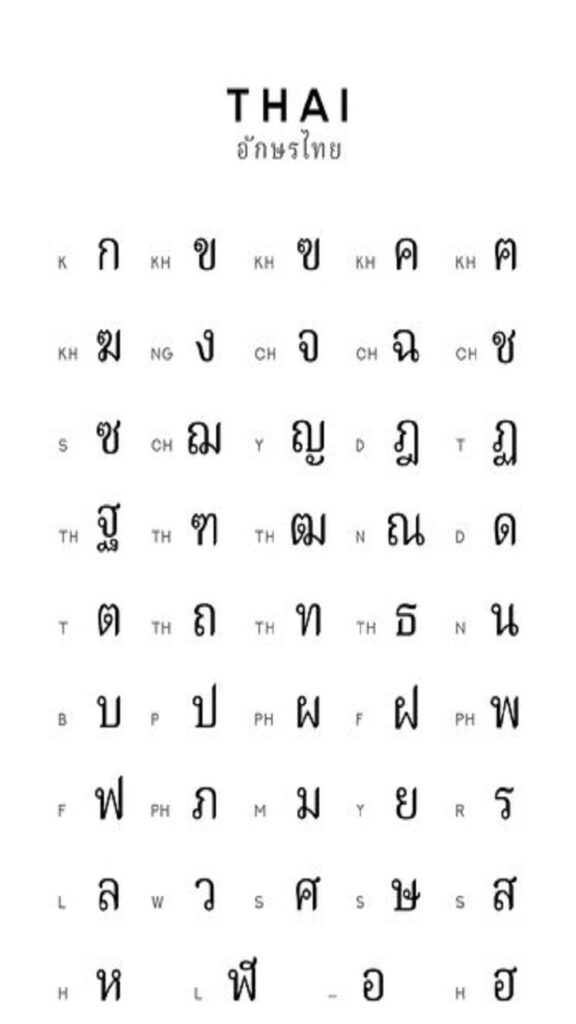
Conclusion
Mastering a difficult language requires patience, dedication, and a genuine interest in the culture and people who speak it. While the languages on this list pose significant challenges, they also offer immense rewards in terms of personal growth, cognitive development, and cultural understanding. Whether you choose to tackle one of these languages or simply appreciate their complexity from afar, recognizing the effort and artistry involved in learning them enhances our appreciation of the diverse linguistic tapestry of our world. Embrace the challenge, and you might find that the journey is as enriching as the destination.
Contents




